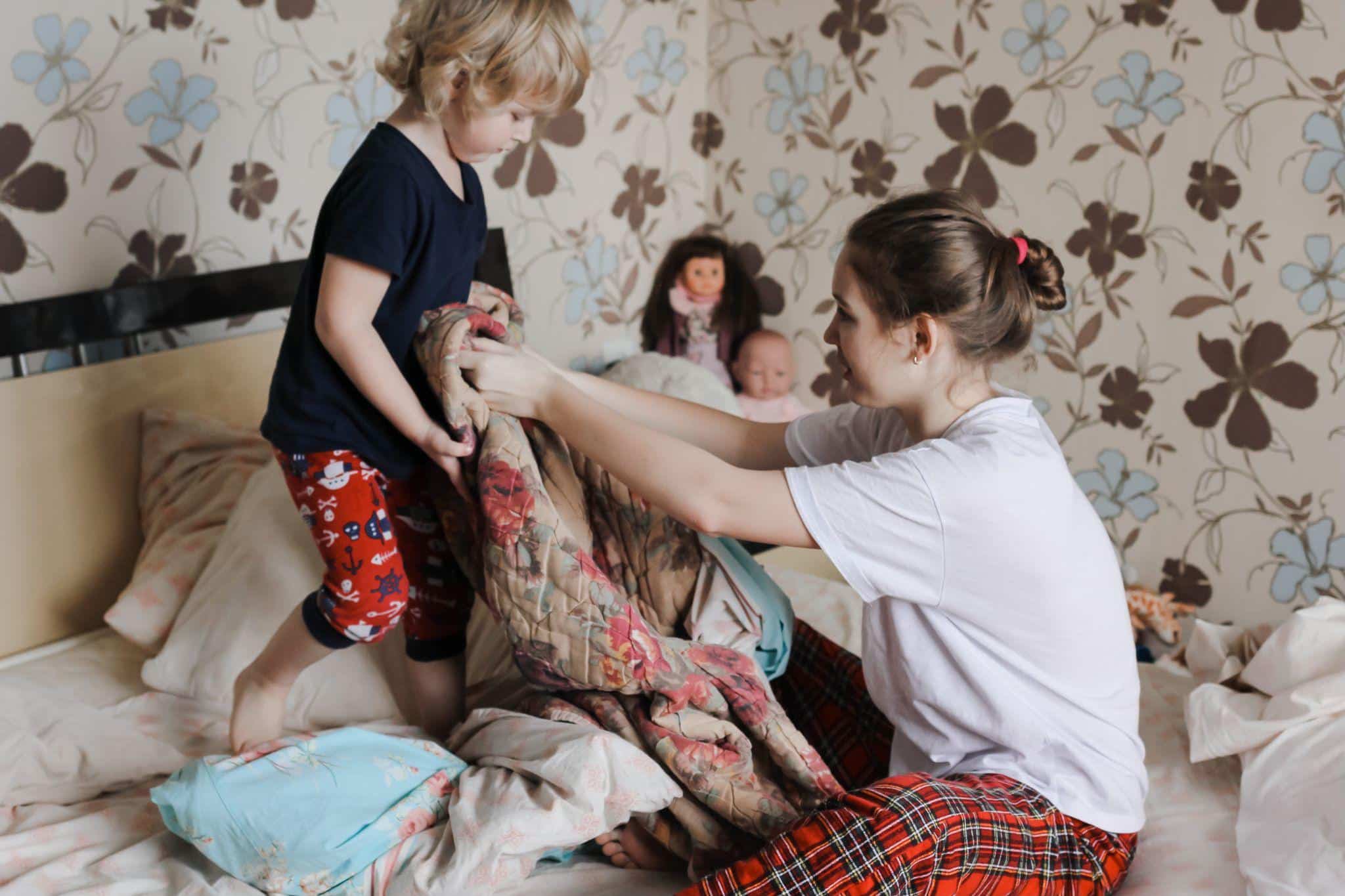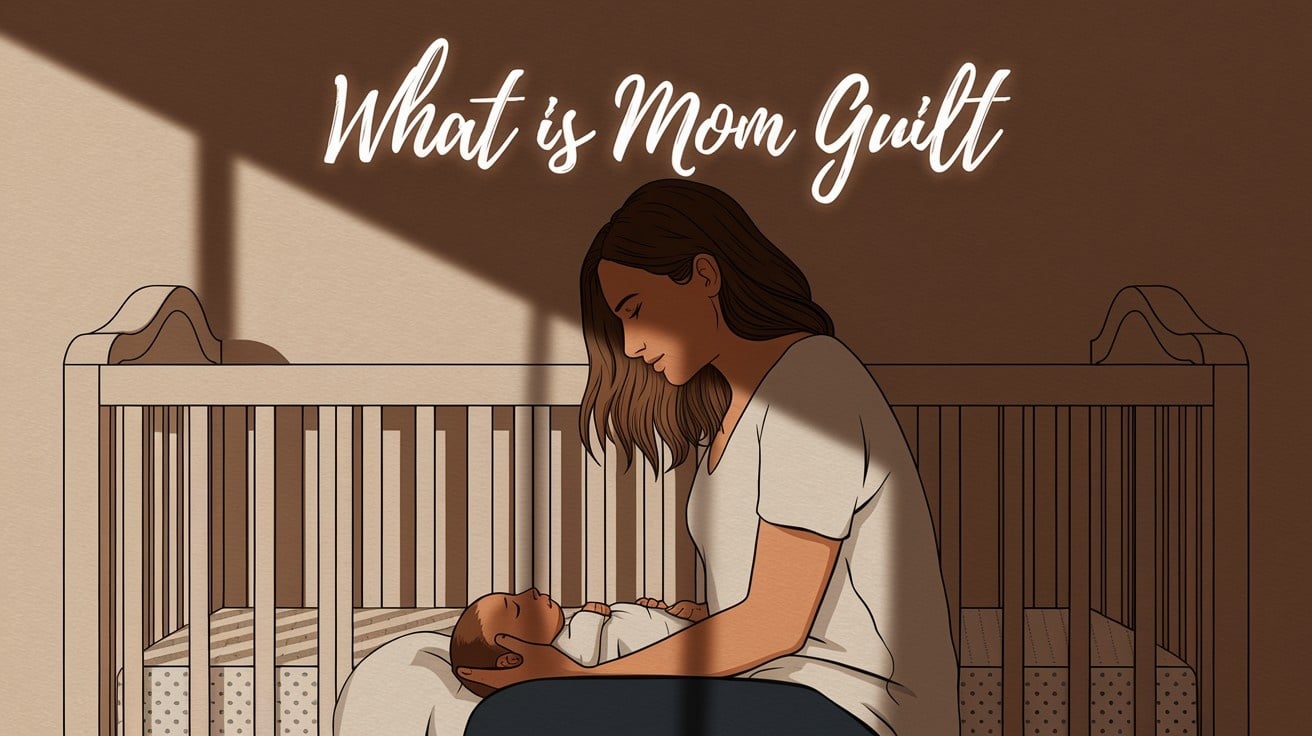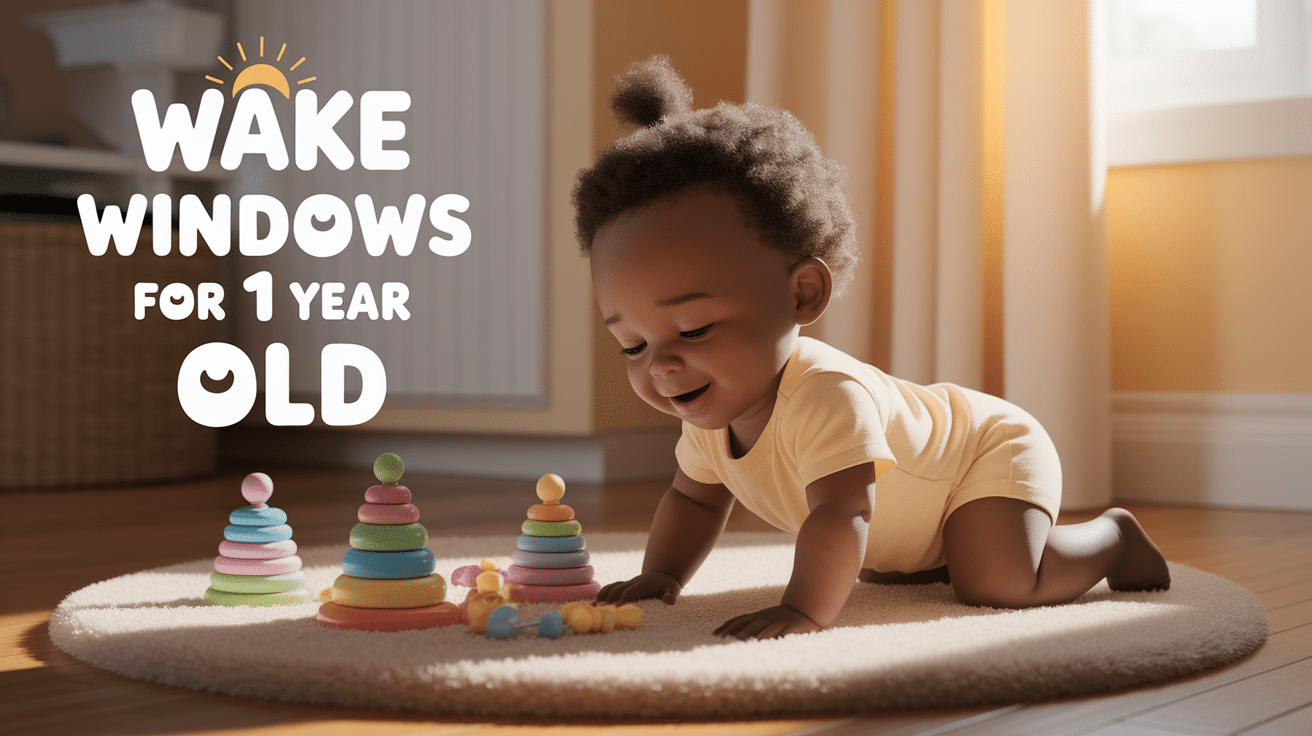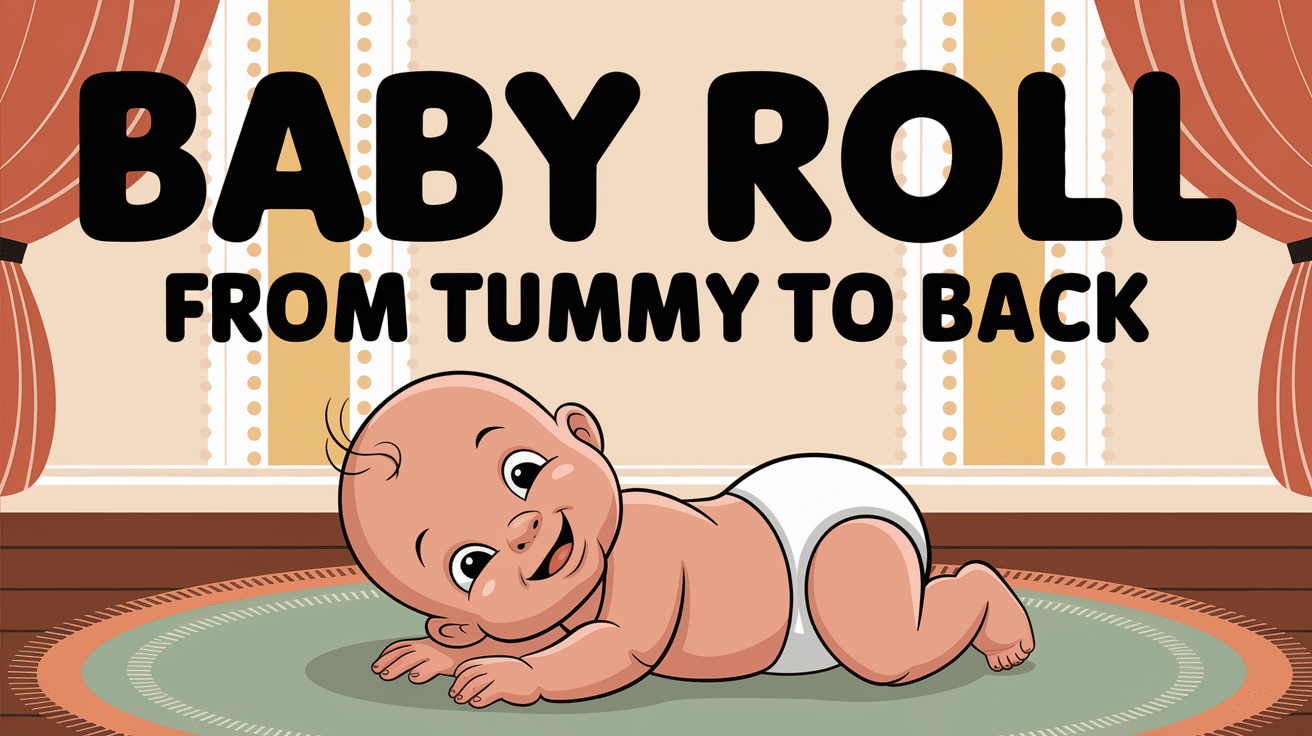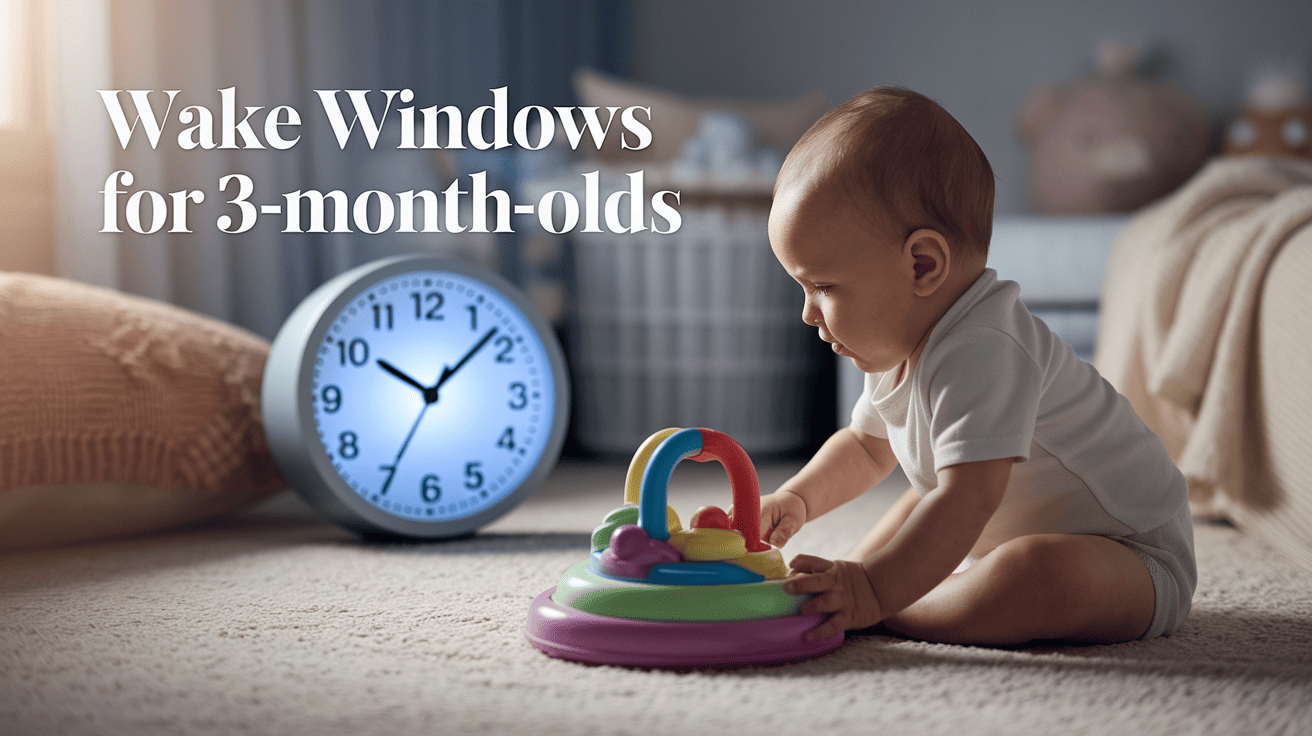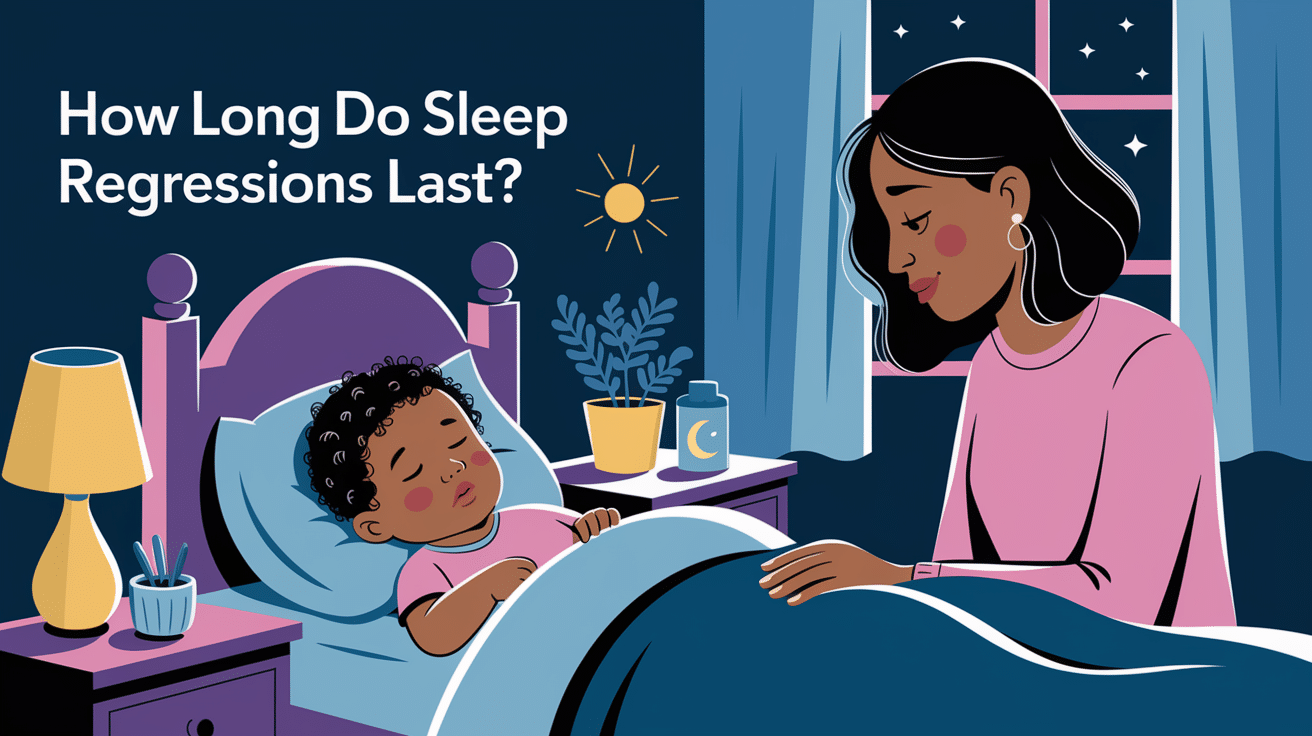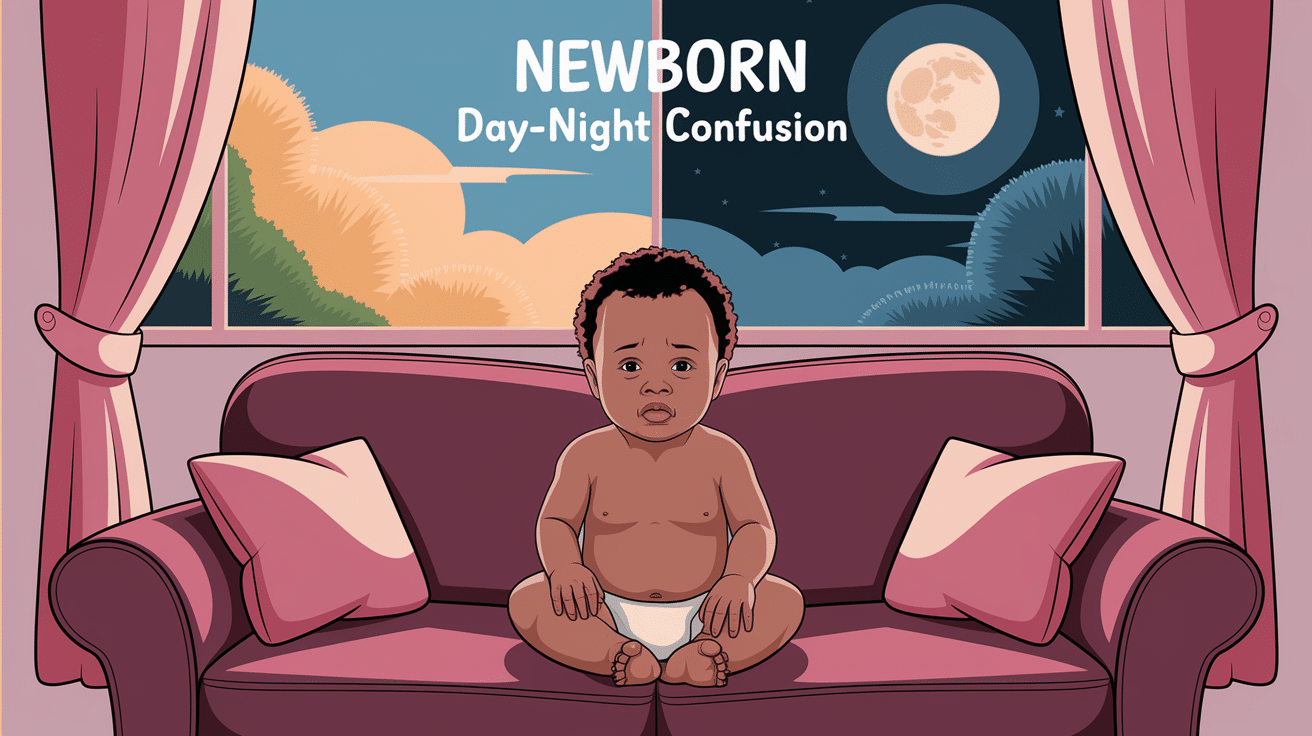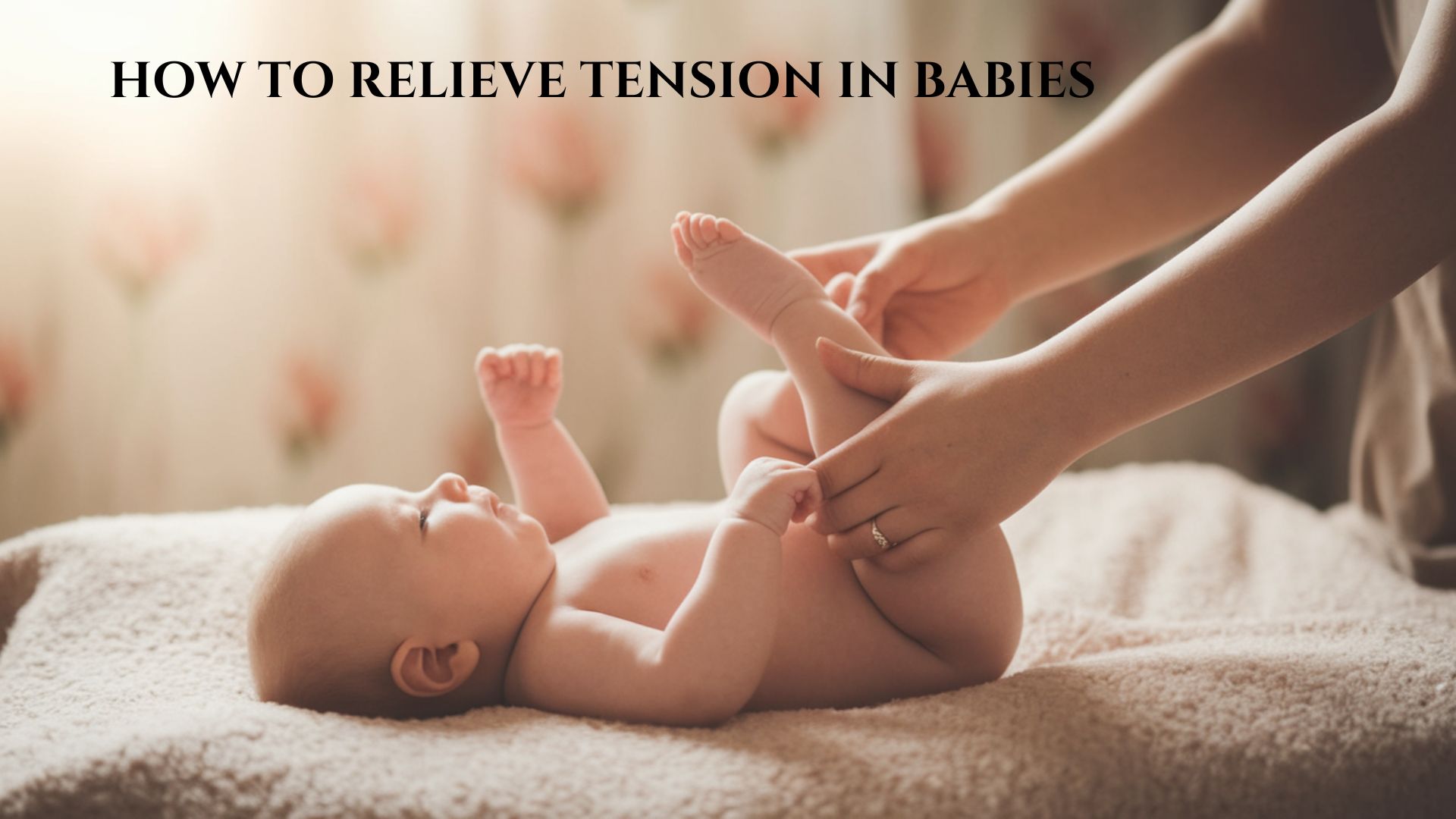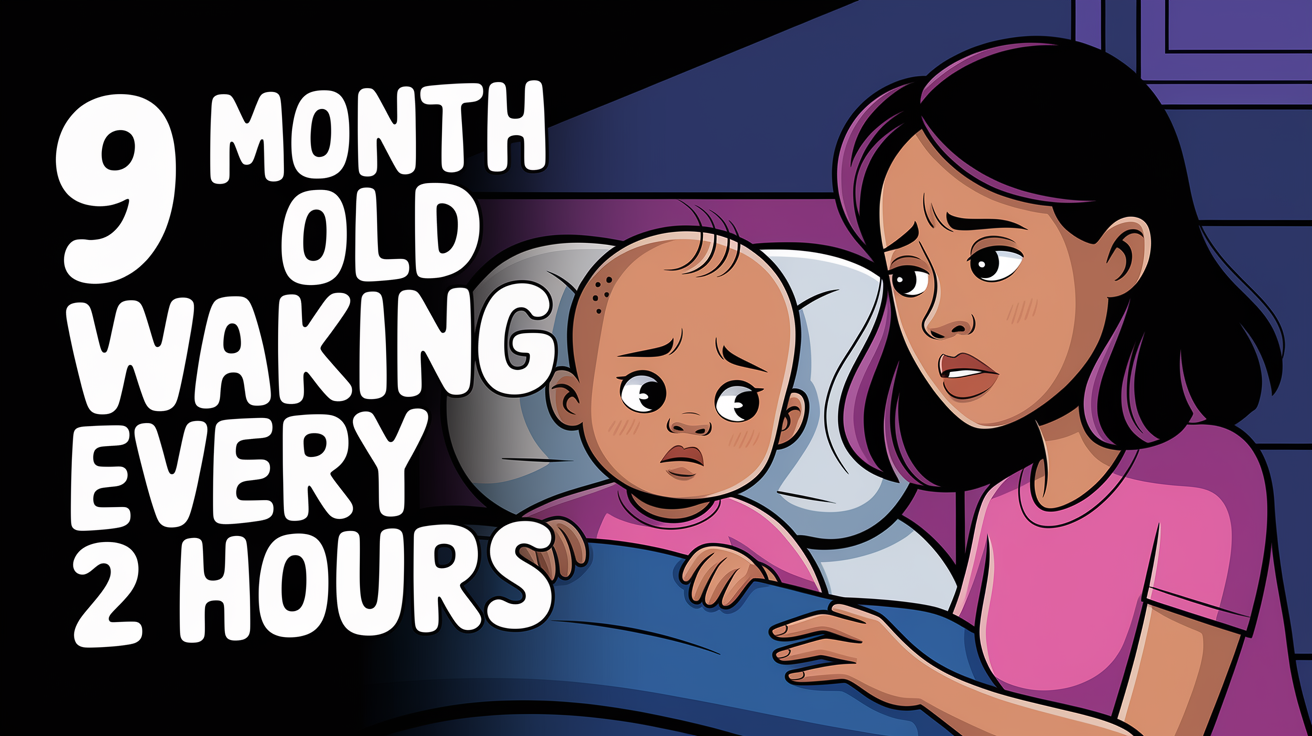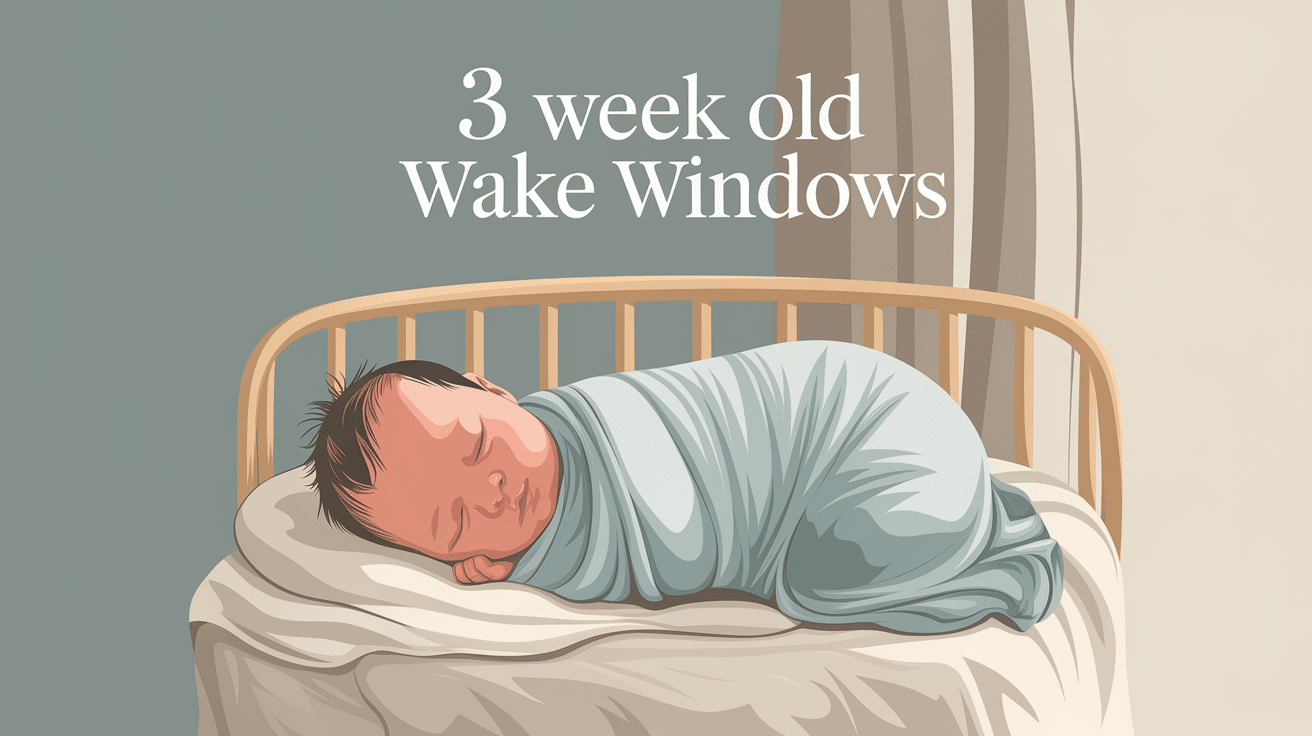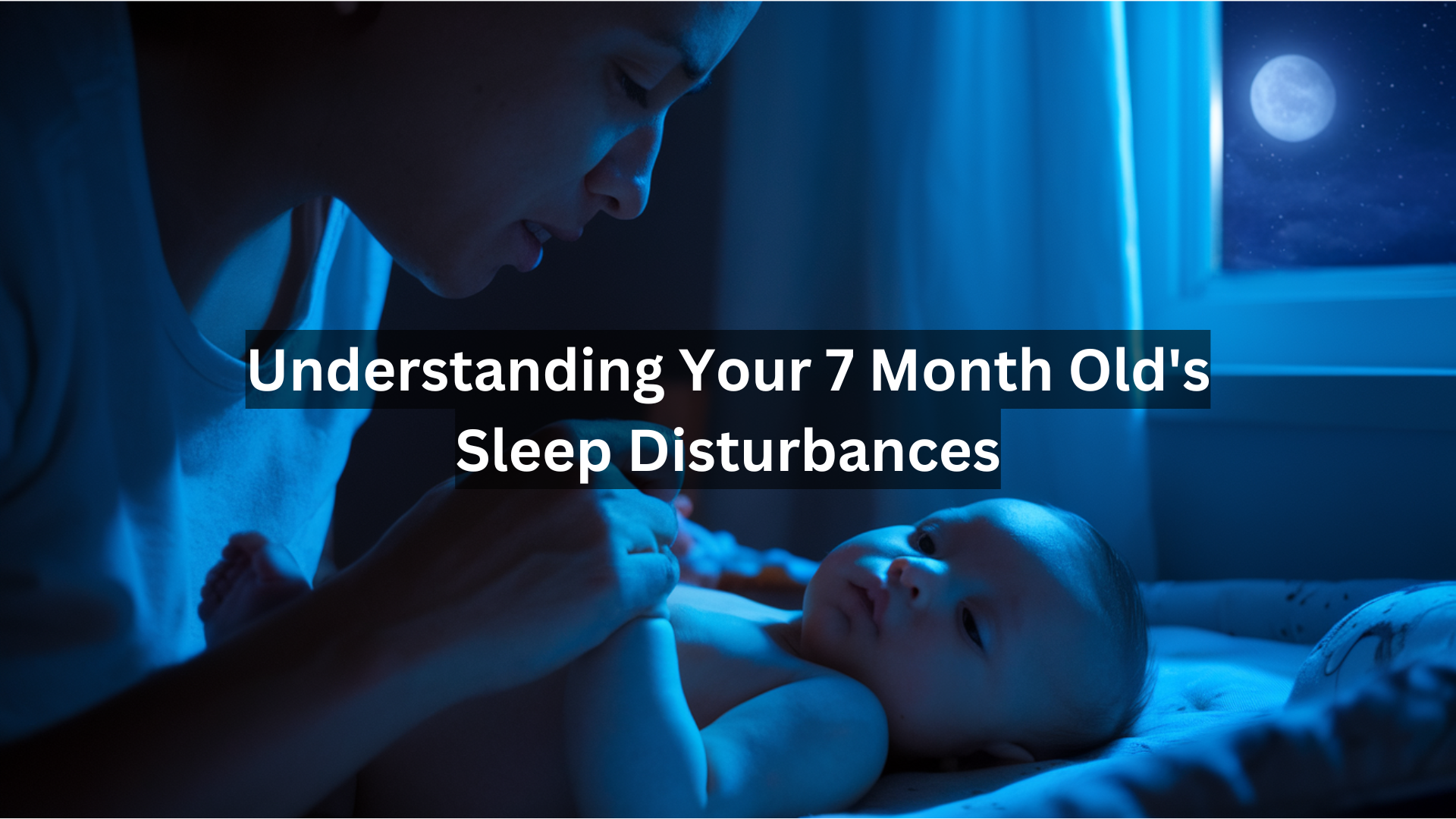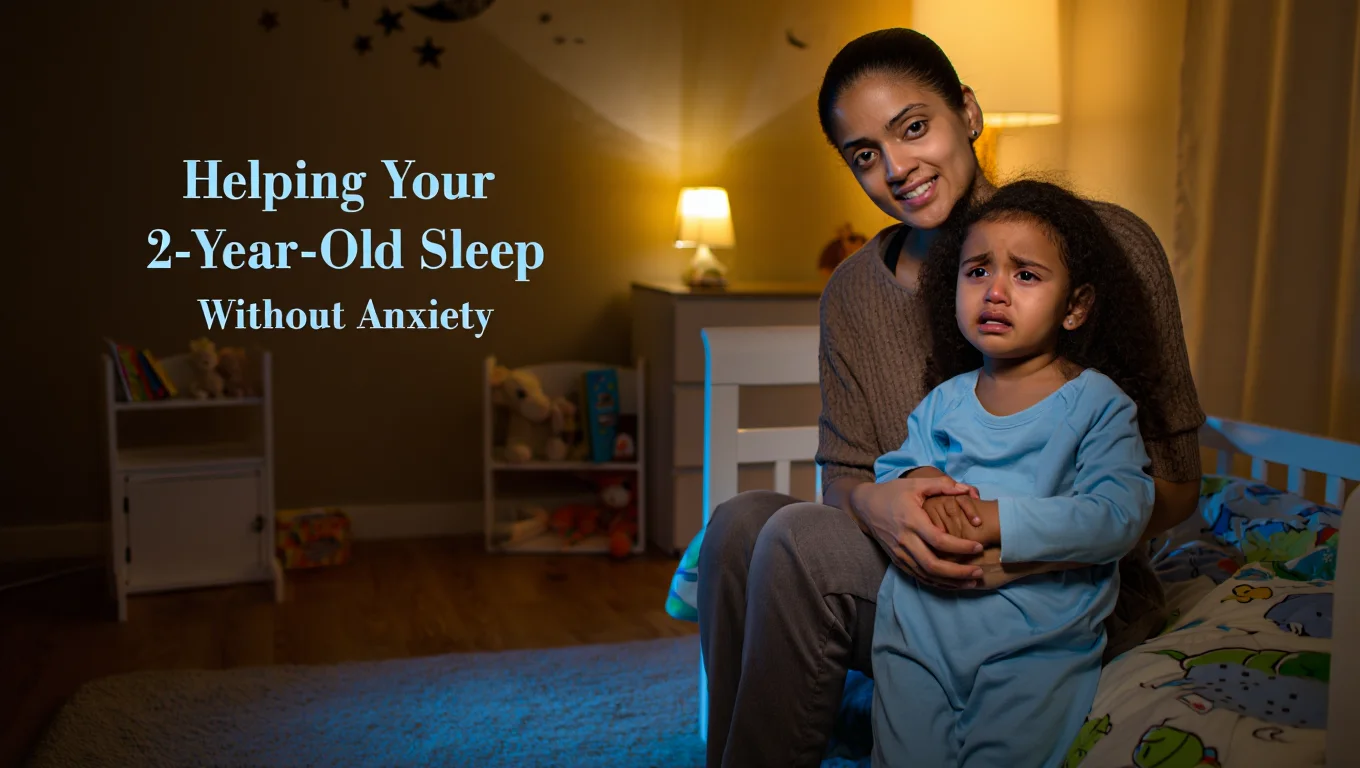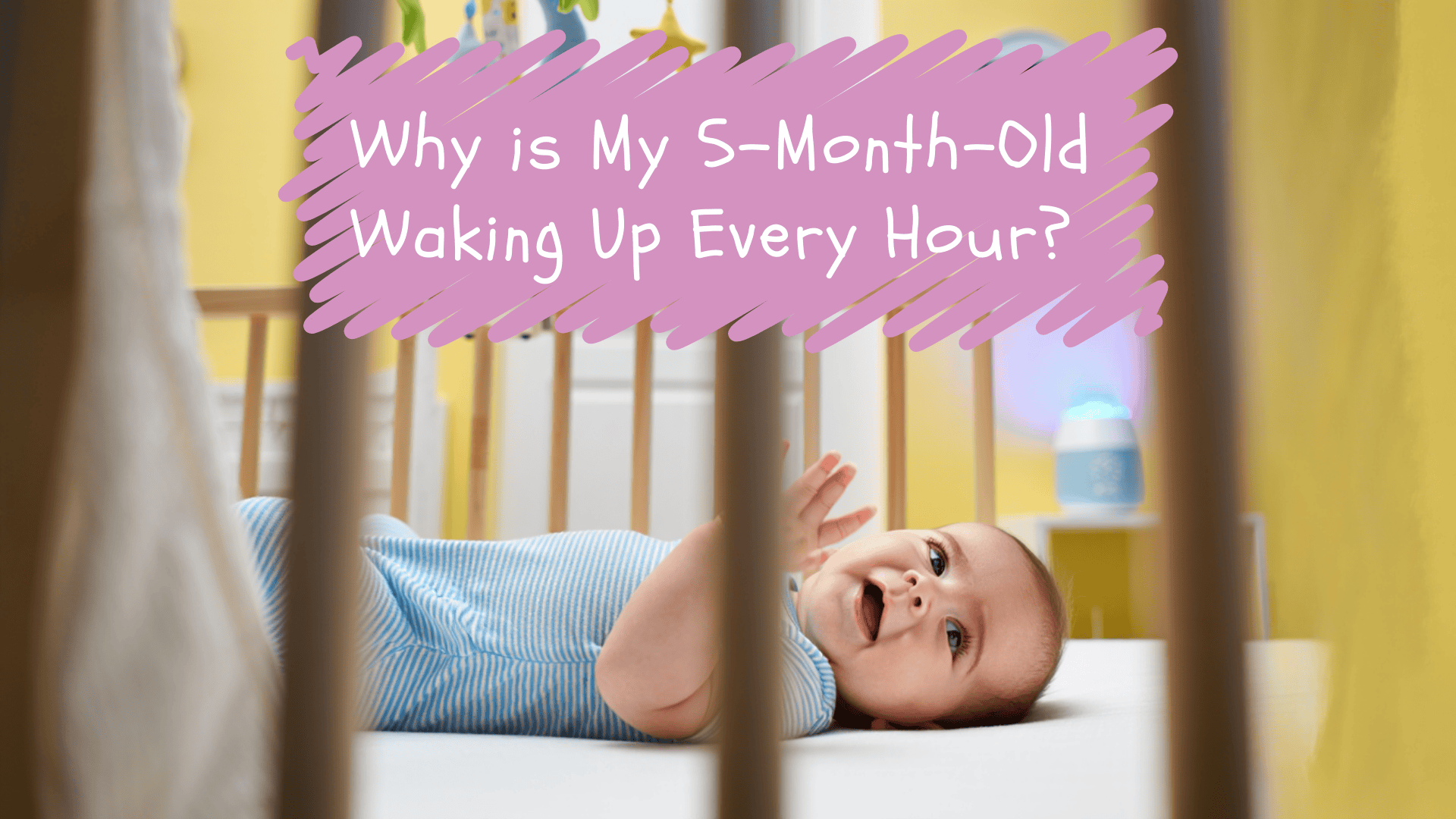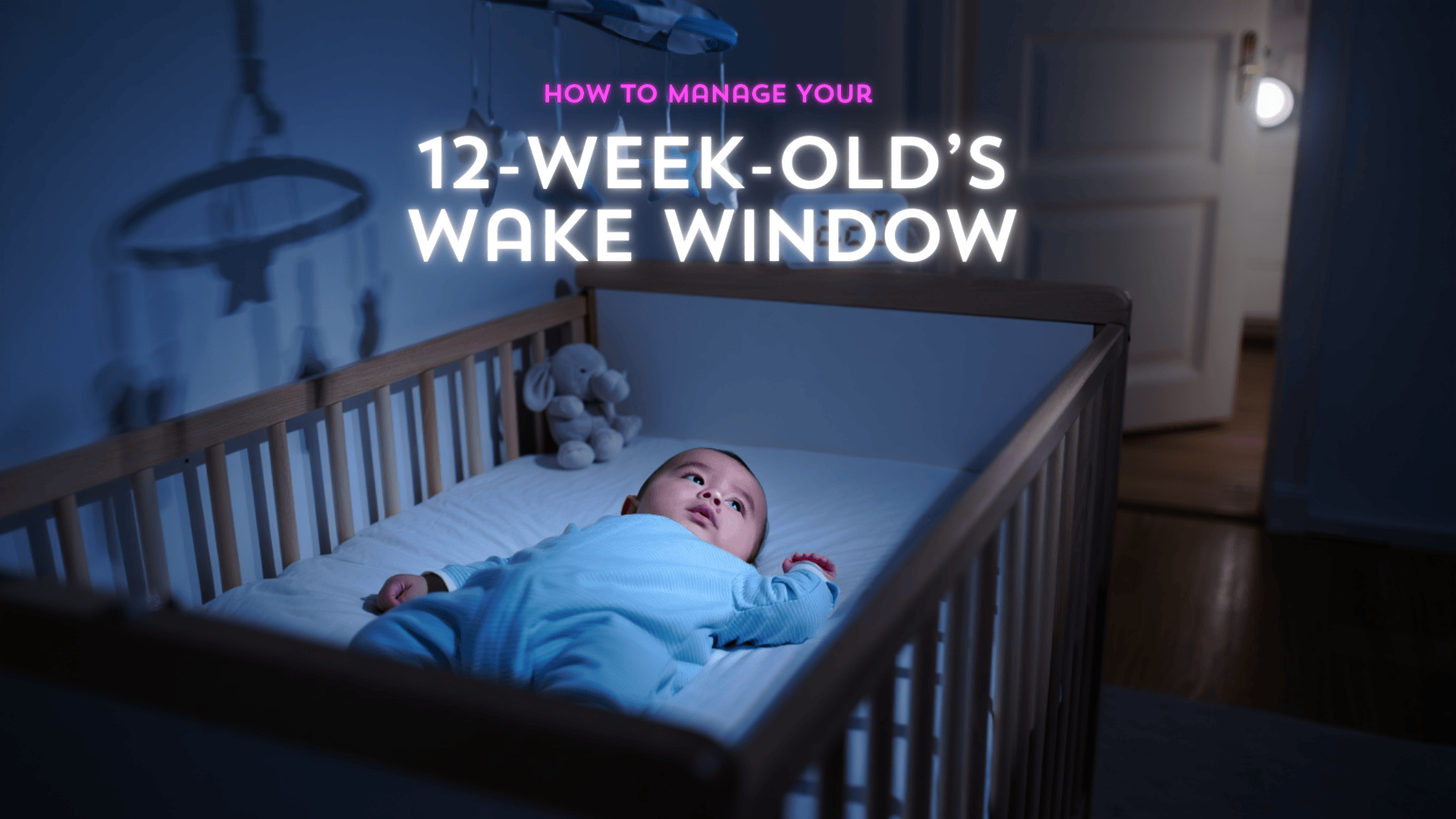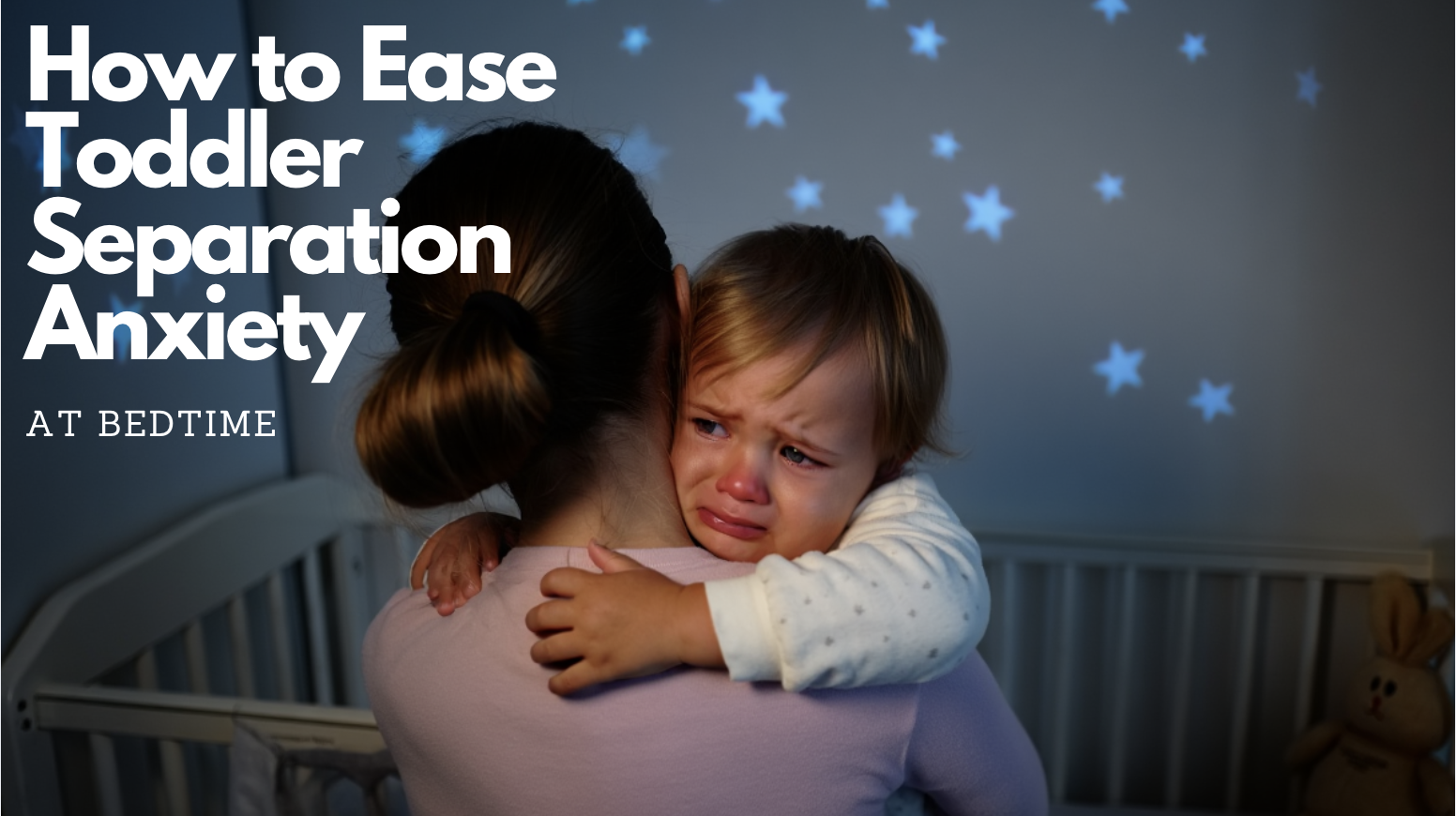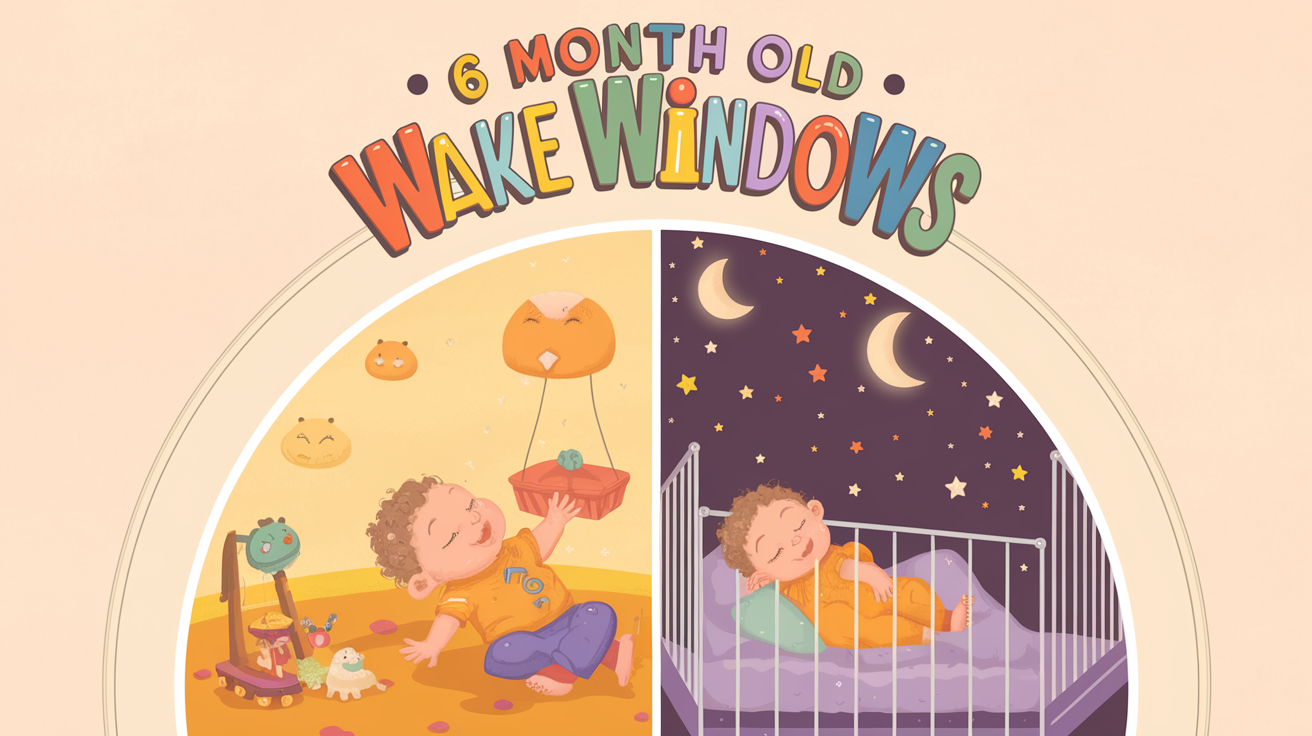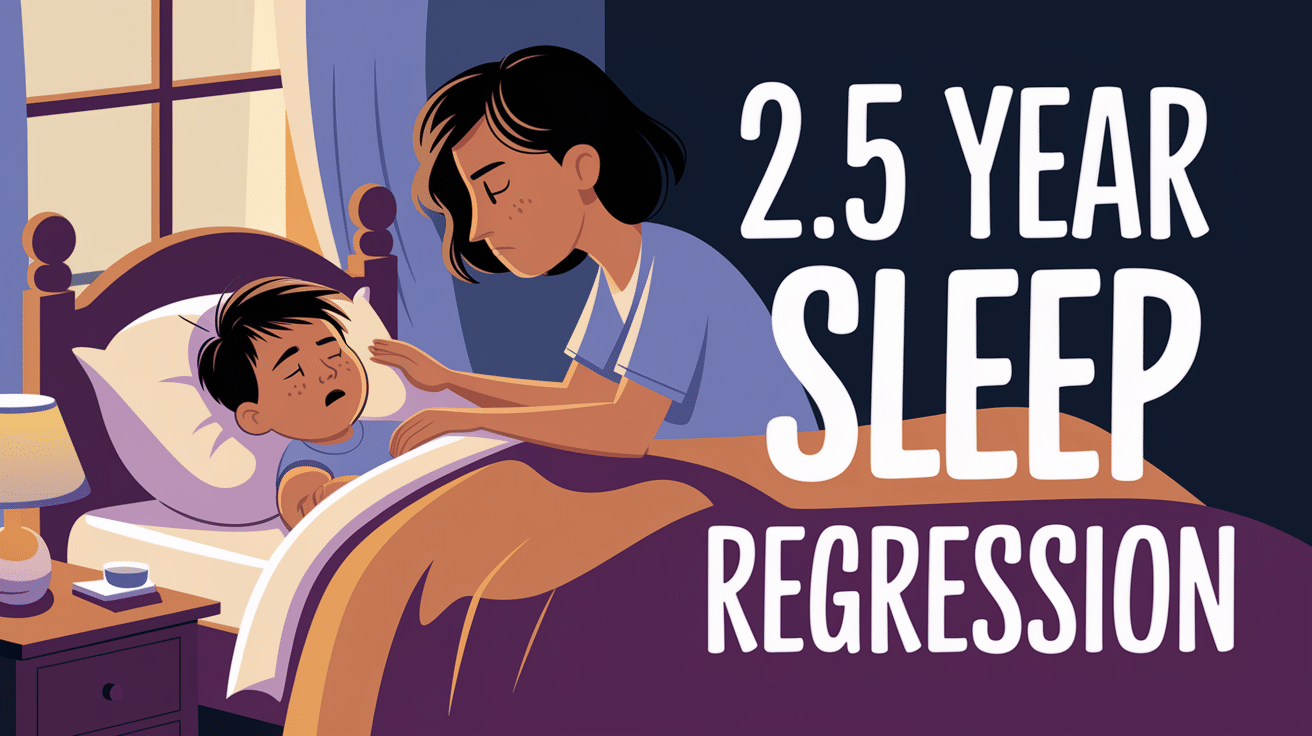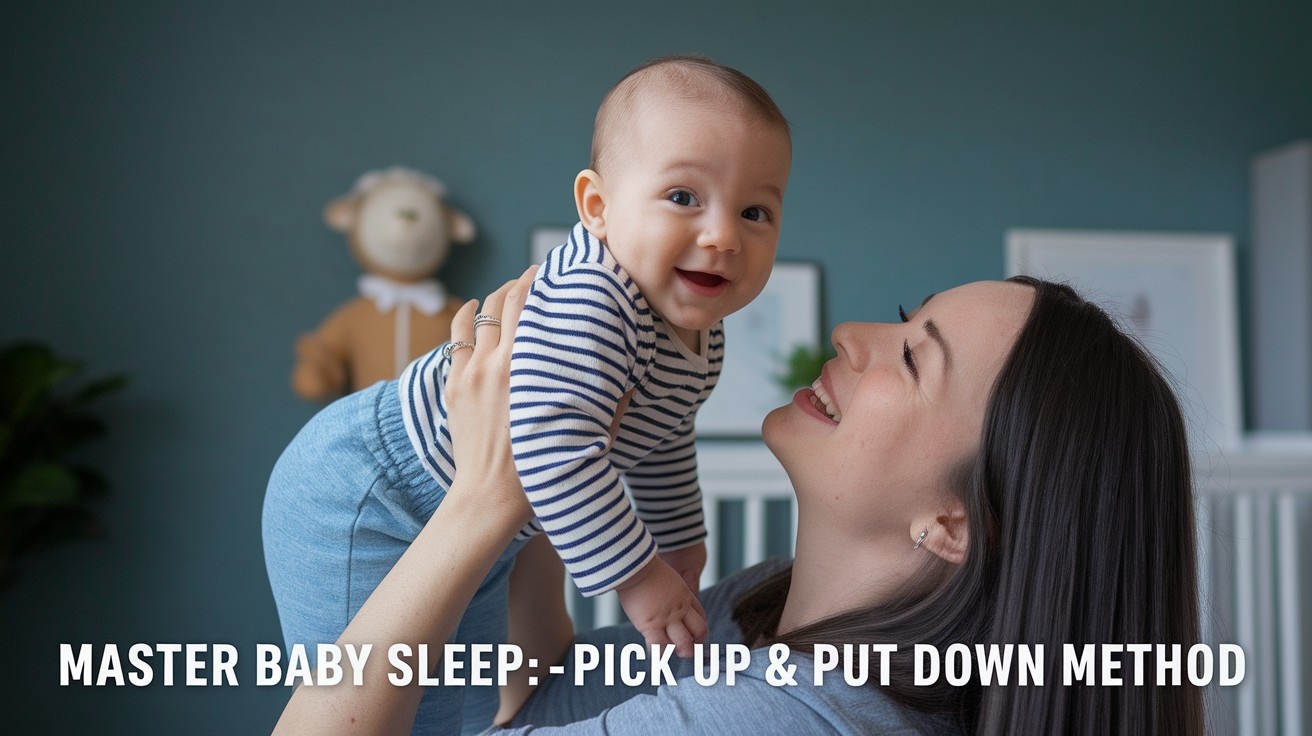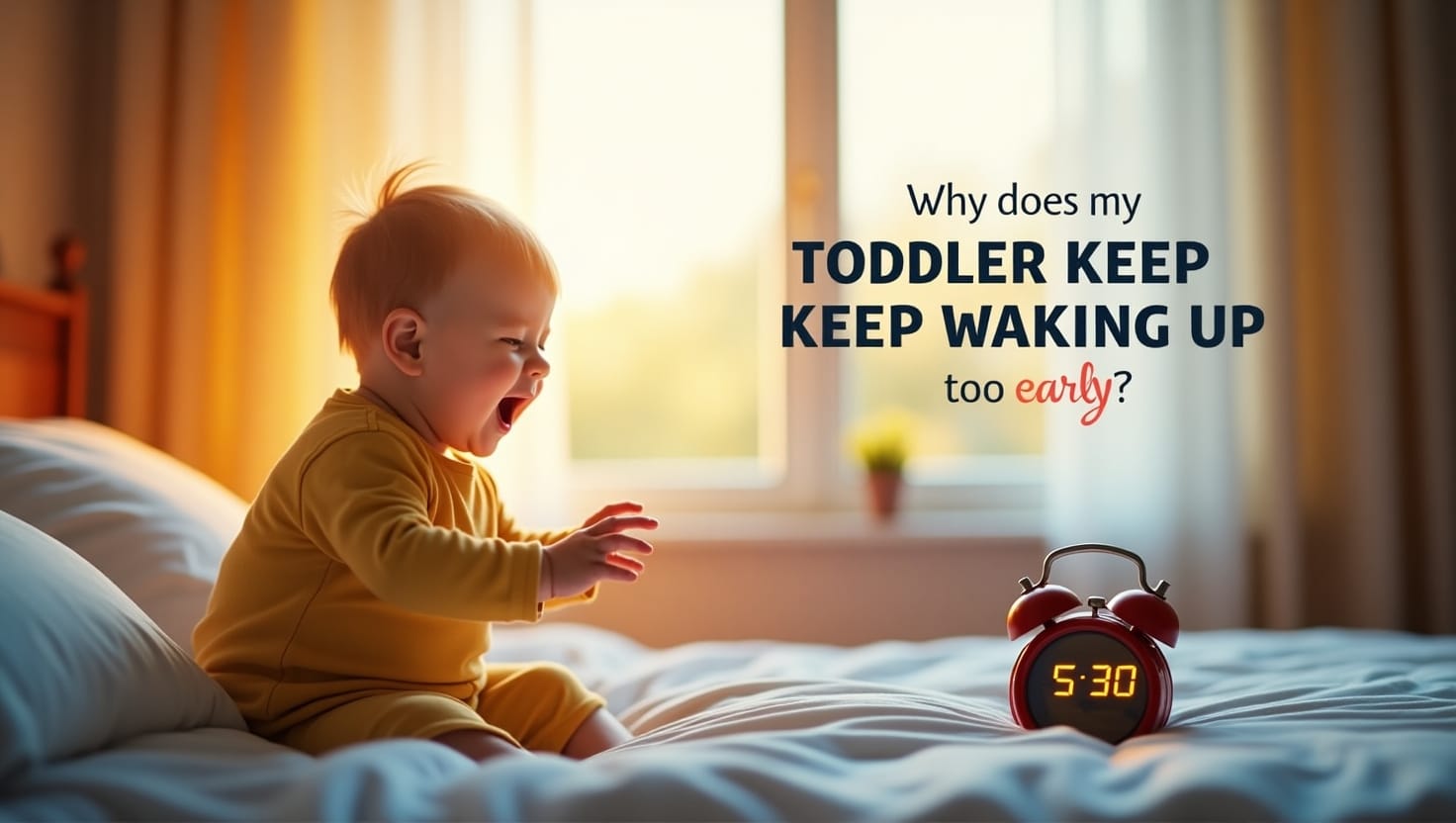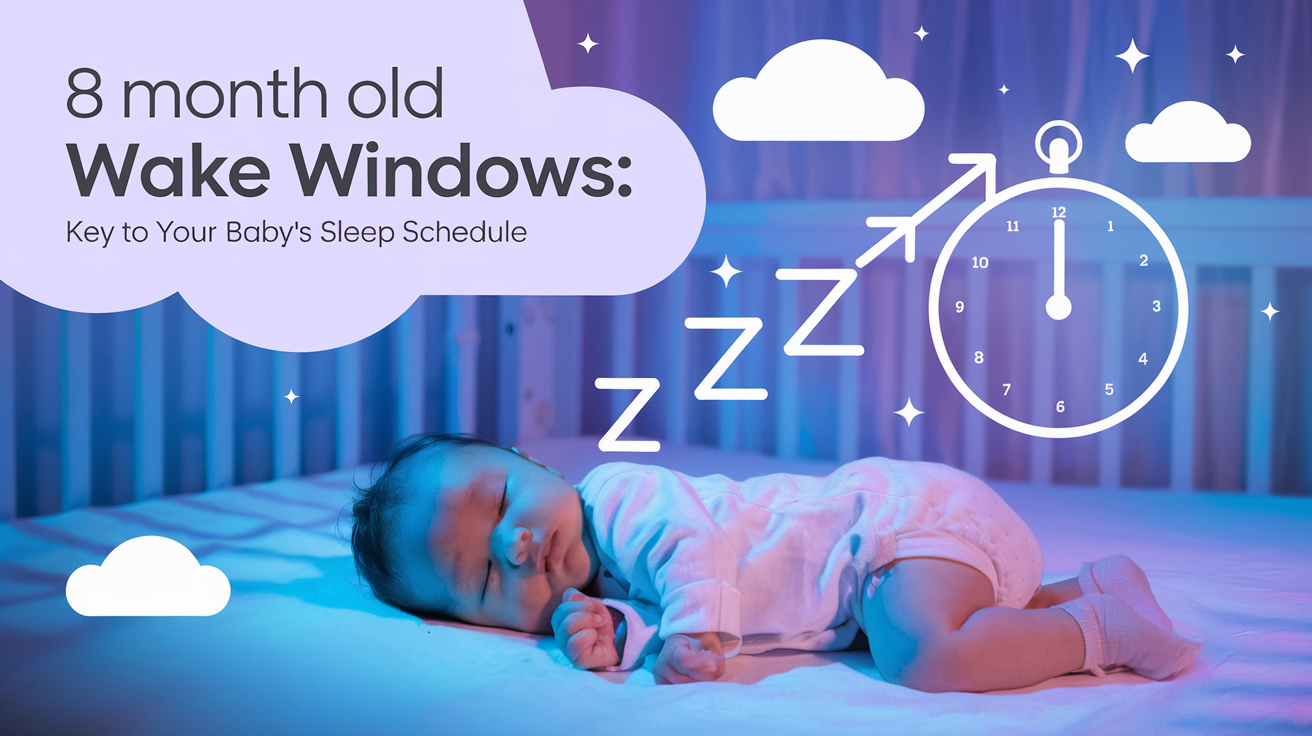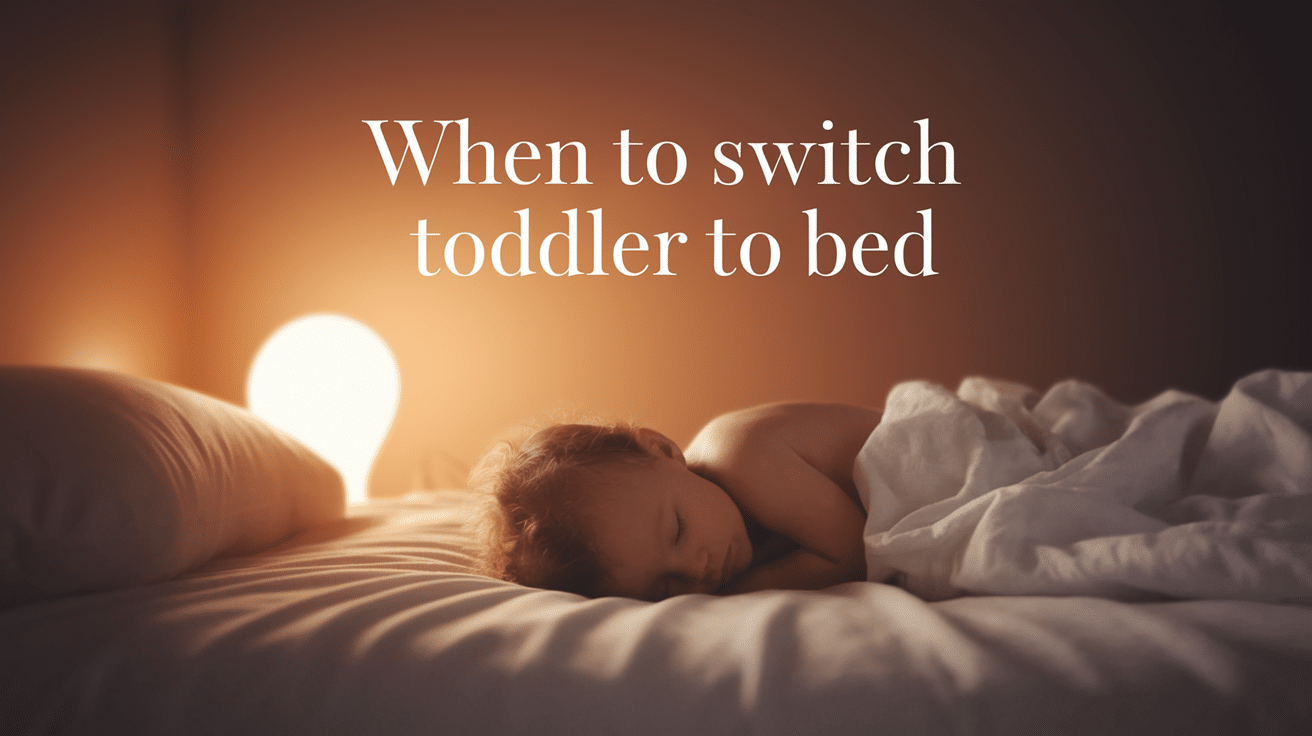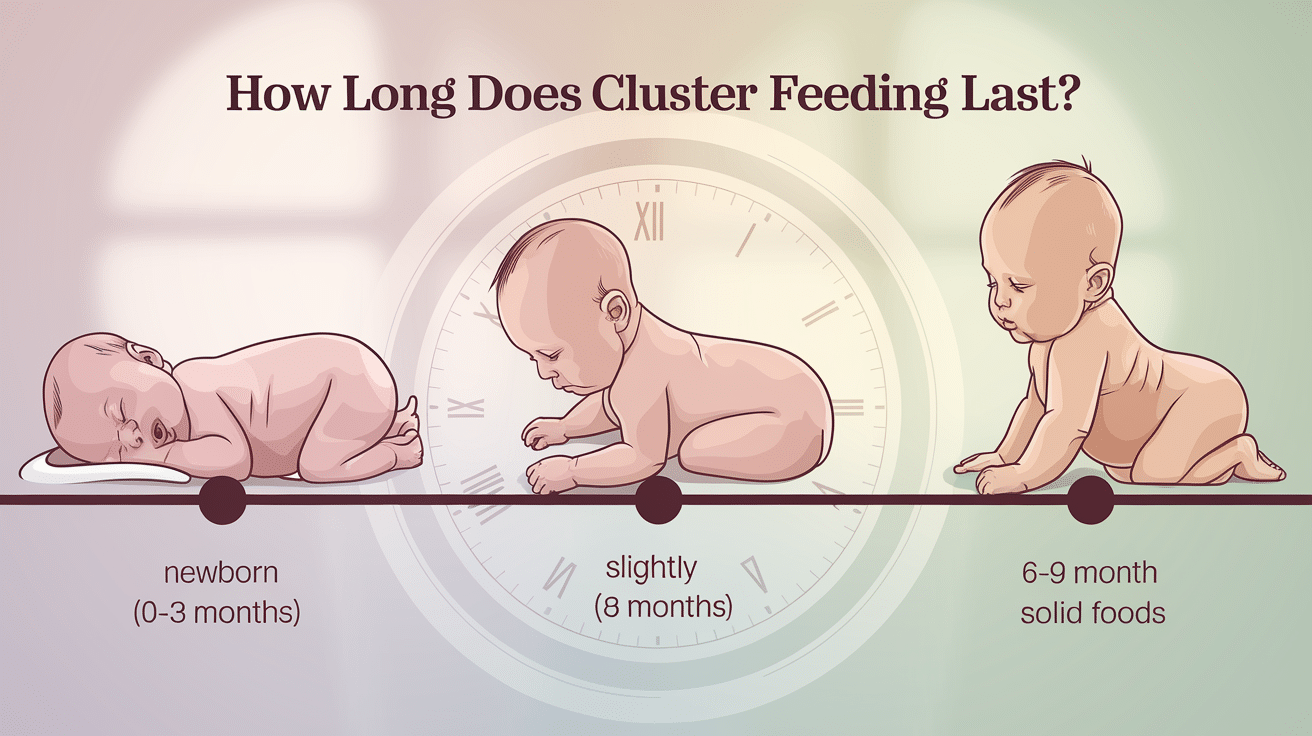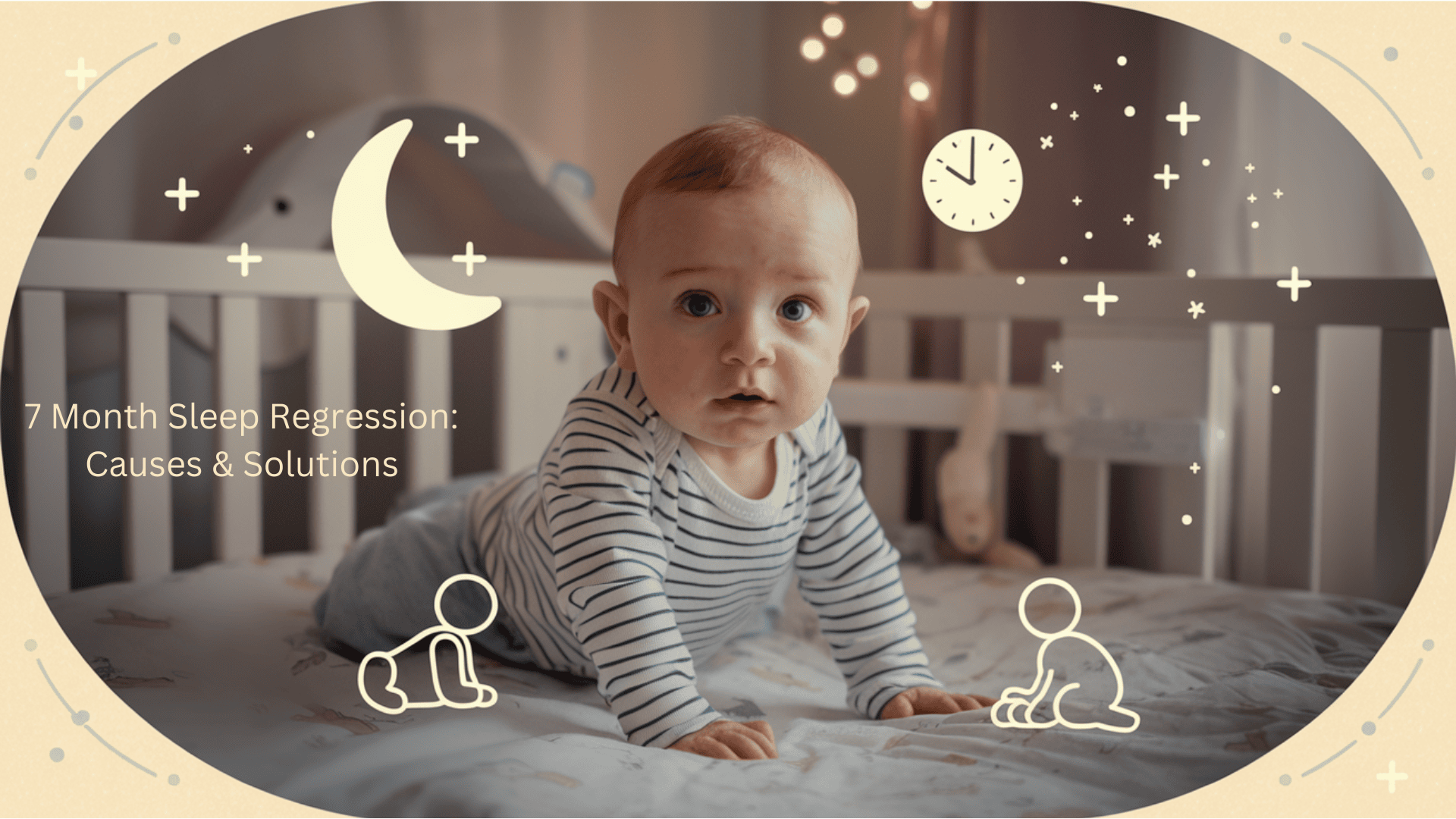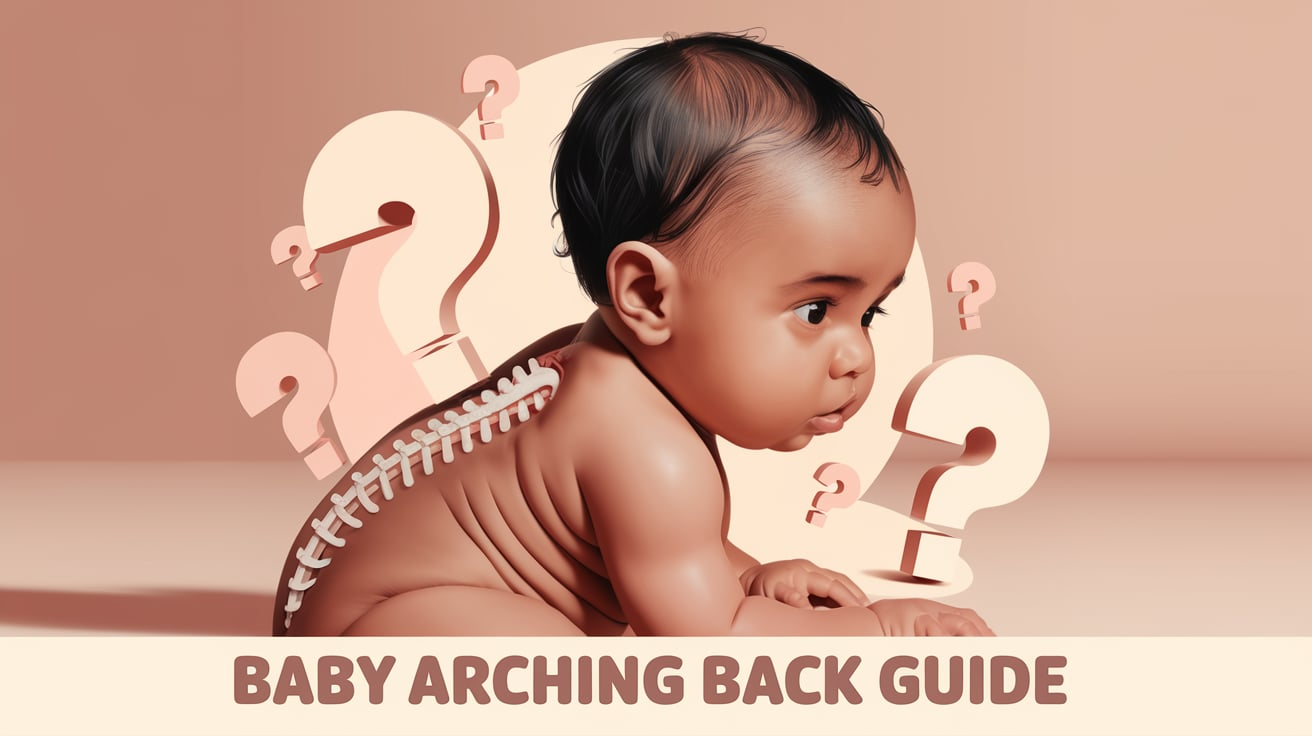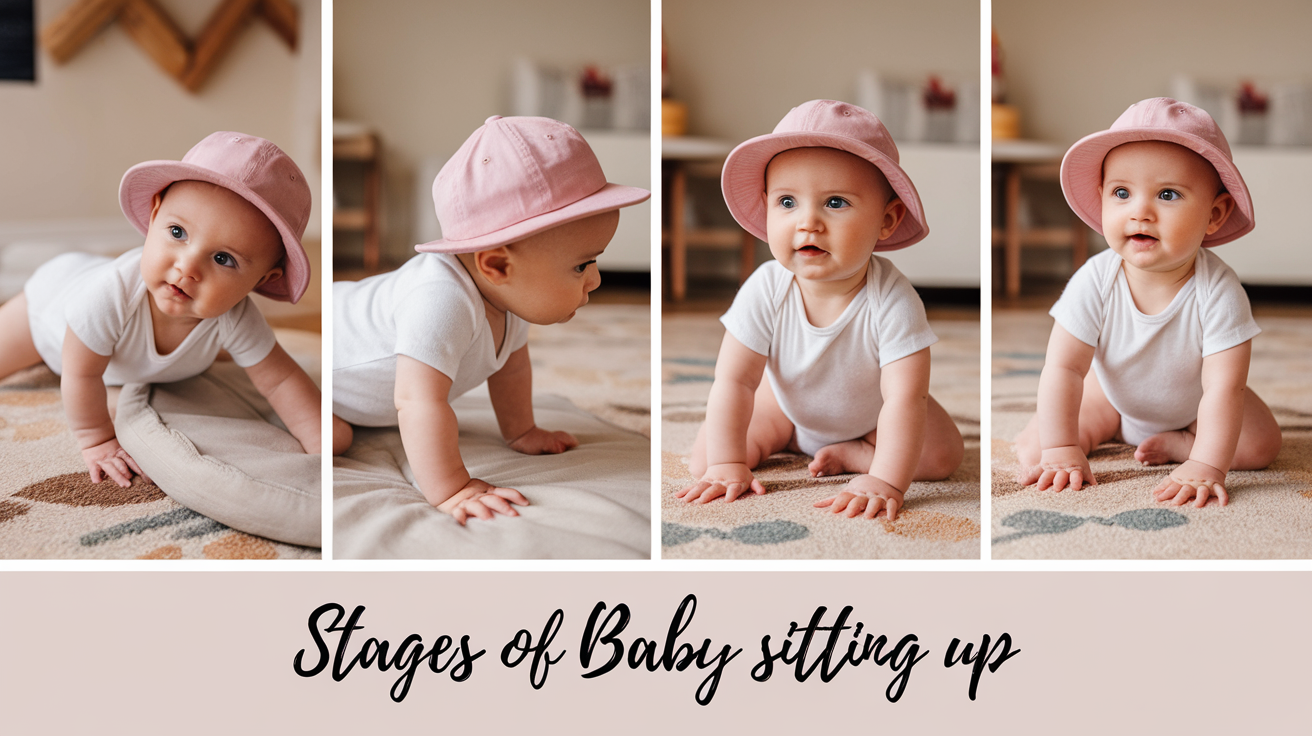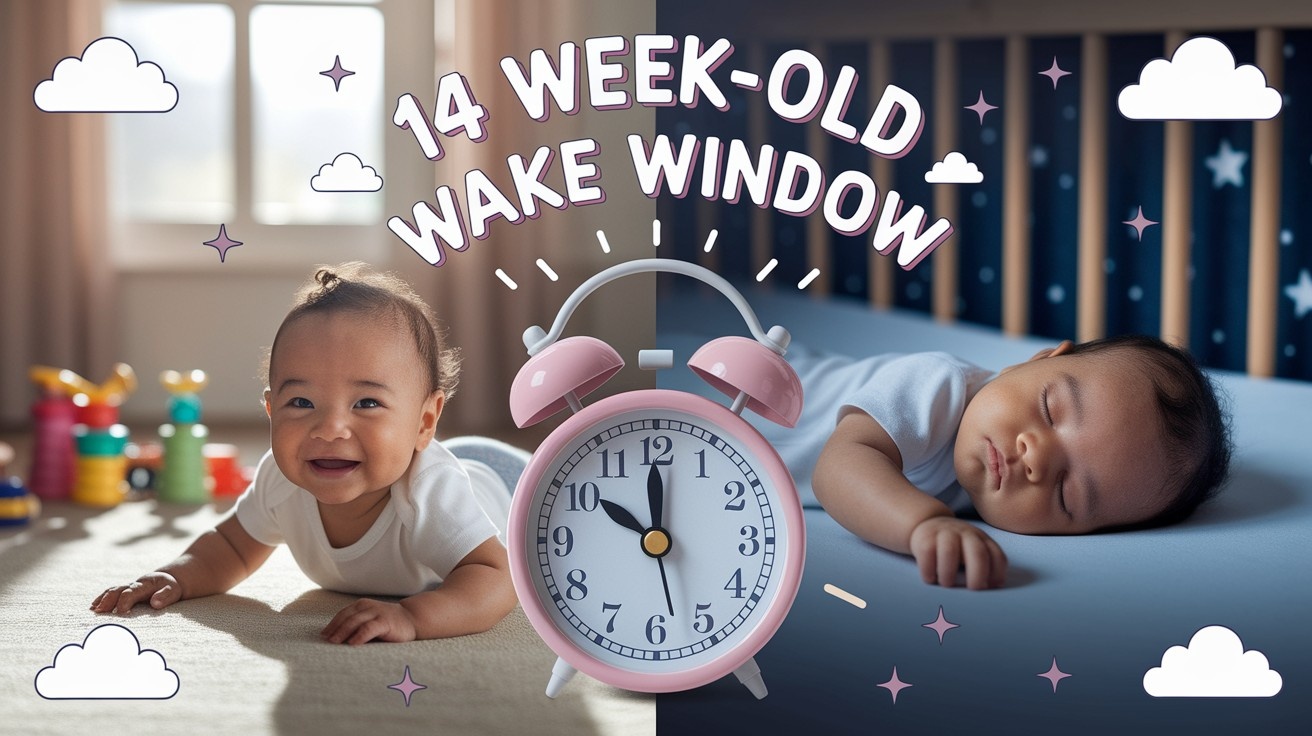
Ever wondered why your once-sleepy newborn suddenly fights naps like a tiny gladiator? Welcome to the 14-week milestone!
A wake window is the period your baby can comfortably stay awake between sleep periods without becoming overtired. At 14 weeks, babies experience significant neurological development that directly impacts their sleep patterns.
Did you know that babies at this age process more information in one day than most adults do in a week? This cognitive leap affects how long they can stay awake.
The 14-week mark often signals a transition from newborn sleep patterns to more predictable cycles.
At this stage, babies typically need 1.5-2 hour wake windows, compared to the 45-60 minutes they needed as newborns.
Understanding and respecting these developmental wake windows can dramatically improve your baby’s nap quality and nighttime sleep, turning your overtired, fussy baby into a well-rested little one.
What Is a Wake Window?
A wake window is the period a baby can stay happily awake between sleep cycles. It gradually lengthens from 45 minutes in newborns to several hours in toddlers.
Understanding these windows is crucial for developing healthy sleep habits and improving your daily routine.
When babies remain within their ideal wake window, they’re more alert, feed better, and sleep more soundly. Missing this window—keeping them up too long or too little—can lead to short naps, fussiness, night-wakings, or poor feeding.
Overtired babies may rub their eyes, pull their ears, or seem hyper, while under-stimulated ones might doze off early or remain uninterested in play.
Tuning into your baby’s cues and adjusting wake windows accordingly can help ensure better sleep, smoother days, and a happier baby.
Why the 14-Week-Old Wake Window Matters?
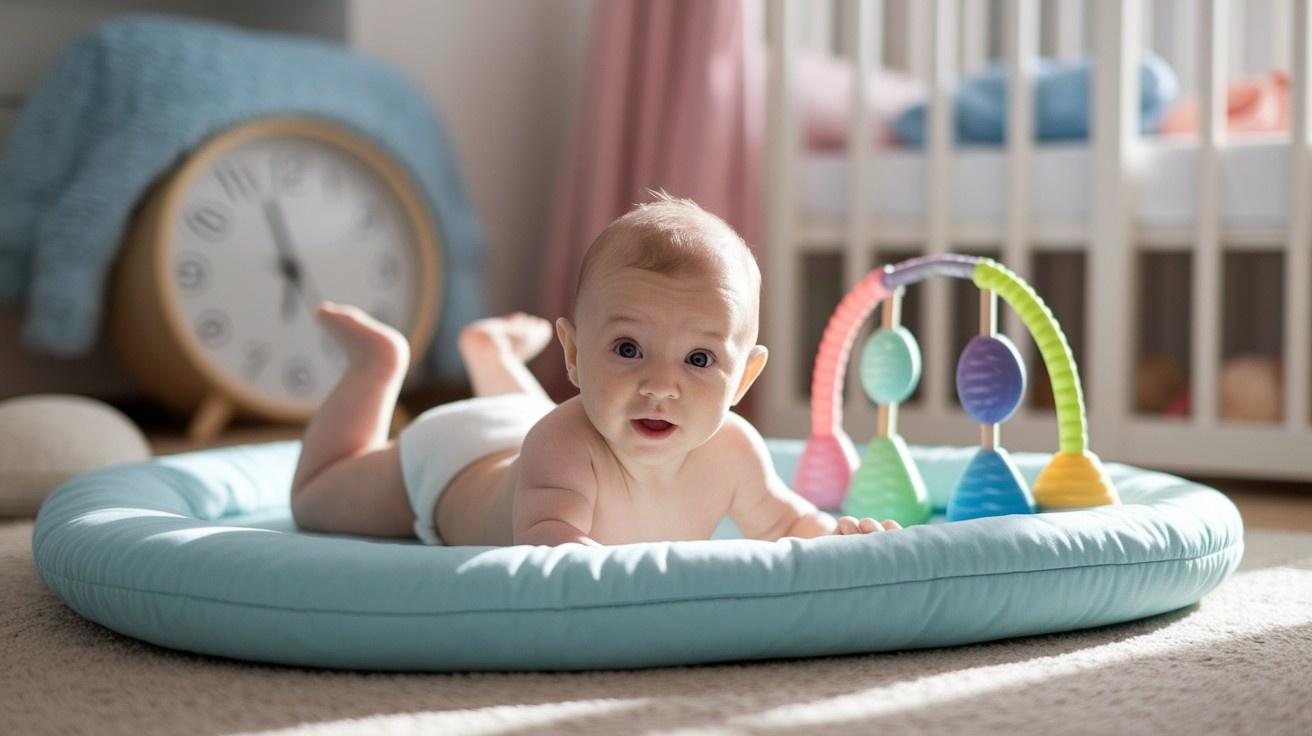
At 14 weeks, your baby is experiencing significant developmental changes that affect their sleep patterns. Brain growth and increased alertness are changing how they interact with the world around them.
Developmental Changes Around This Age
Your baby’s sleep cycles are maturing, becoming more adult-like with distinct stages. This neurological development coincides with improved visual tracking and greater environmental awareness.
Their increased alertness means they’re taking in more information than ever before. This cognitive leap is exciting but can lead to overstimulation if wake windows aren’t properly managed.
Transitioning from Newborn Patterns to More Structured Rhythms
The unpredictable newborn sleep schedule is gradually giving way to more predictable patterns. This natural progression allows you to establish gentle routines that support your baby’s development.
Appropriate wake windows at this age—typically 1.5 to 2 hours—help prevent overtiredness. Finding this sweet spot creates a foundation for healthy sleep habits that will benefit your child’s development for months to come.
14-Week-Old Wake Window Guide

At 14 weeks, your baby’s wake windows typically range from 1.25 to 2 hours between naps. This duration may seem short, but it’s perfectly calibrated for their developing brain and bodies.
Early vs. Late Day Variations
Morning wake windows often start shorter, around 1.25 -1.5 hours. Your baby is fresh from night sleep but is still building stamina for daytime activities.
As the day progresses, these windows naturally extend. By afternoon, many 14-week-olds can happily stay awake for the full 2 hours before showing tired signs.
Sample Daily Schedule
A typical day might flow like this:
| TIME | ACTIVITY | WAKE WINDOW |
|---|---|---|
| 7:00 AM | Wake up | — |
| 8:15–8:30 AM | First Nap | 1.25–1.5 hours |
| 10:00 AM | Second Wake Period | — |
| 11:45 AM | Second Nap | 1.75 hours |
| 1:30 PM | Third Wake Period | — |
| 3:30 PM | Third Nap | 2 hours |
| 5:00 PM | Final Wake Period | — |
| 7:00 PM | Bedtime | 2 hours |
Signs Your 14-Week-Old Is Ready for Sleep

1. Physical Signs
When your 14-week-old baby is ready for sleep, its physical cues are unmistakable. You might notice it rubbing its eyes or ears with tiny fists, a telltale sign of tiredness. Its eyelids may become heavy, and you might observe slower blinks as it struggles to stay awake.
Yawning is another obvious indicator that your little one needs rest. You might also notice them pulling at their ears or hair, which can indicate fatigue rather than discomfort. These physical signals typically appear about 10-15 minutes before your baby becomes overtired.
2. Behavioral Signs
Behavioral cues often follow physical signs and can be quite distinctive. Your baby may become less interested in toys or people around them, appearing disconnected from their environment. They might turn their head away from stimulation or become increasingly quiet.
Some babies become more clingy when tired, wanting to be held close for comfort. Others might start fussing or making repetitive sounds that differ from their usual babbling. These behavioral changes signal your baby’s natural wind-down process.
3. Under-tired vs. Overtired Signs in 14-Week-Old Babies
| UNDER-TIRED SIGNS | OVERTIRED SIGNS |
|---|---|
| Alert and engaged | Inconsolable crying or extreme fussiness |
| Responsive to surroundings | Disengaged or overwhelmed by stimulation |
| Happy cooing and babbling | High-pitched, distressed crying |
| Coordinated movements | Jerky or frantic movements |
| Showing interest in toys and faces | Turning away from interaction |
| May resist being put down for sleep | Arching back when held |
Adjusting Wake Windows for Your Baby

Understanding your baby’s sleep patterns can change your daily routine. Wake windows—the time between sleep periods—vary dramatically as babies develop, changing from 45 minutes for newborns to 5+ hours for toddlers.
Watch for your baby’s unique sleepy cues rather than rigidly following age-based charts. Rubbing eyes, yawning, and decreased activity signal it’s time for sleep. Missing these cues can lead to an overtired, difficult-to-settle baby.
Gradually extend wake windows by adding 10-15 minutes every few days when your baby seems ready. Look for consistent signs that your baby is handling current windows well—waking happy and staying engaged throughout.
Sometimes, you’ll need to shorten windows during developmental leaps, illness, or travel. Trust your instincts and adjust accordingly.
The sweet spot for starting naptime or bedtime lies between the first yawn and the last fussy cry. Finding this balance takes practice but creates a foundation for healthy sleep habits.
Common Sleep Challenges at 14 Weeks
At 14 weeks, babies often experience several sleep hurdles that can leave parents feeling exhausted. Short naps (usually just 30-45 minutes) are typical as babies haven’t yet developed mature sleep cycles. These “cat naps” can leave your little one undertired and irritable.
Early morning wakings frequently occur as babies become more aware of their surroundings and sleep drive changes. Light streaming through curtains or household noises can easily disturb their sleep at this stage.
Many babies show early signs of the 4-month sleep regression. This developmental leap involves significant changes in sleep patterns as babies’ sleep cycles mature to become more adult-like.
Wake windows—the time babies spend awake between sleeps—directly impact sleep quality. If your 14-week-old stays awake too long, stress hormones like cortisol can make falling and staying asleep difficult.
Most Common Challenge: Frequent night-wakings are another common challenge, often linked to hunger, overstimulation, or difficulty self-soothing.
Tips for Making the Most of the Wake Window
The wake window, that precious time when your baby is alert and ready to engage, offers a golden opportunity for development. Maximizing these periods with age-appropriate activities can significantly impact your baby’s sleep quality and overall growth.
For newborns, gentle activities like tummy time strengthen neck muscles, while soft talking builds crucial language foundations. As babies grow, sensory play with varied textures and sounds stimulates cognitive development.
Outdoor exposure provides natural light that helps regulate your baby’s circadian rhythm. Even a short morning stroll can improve nighttime sleep patterns.
Activity intensity matters too – overexcited babies often struggle to wind down, while understimulated little ones may not be tired enough for quality sleep. Finding that perfect balance of stimulation during wake windows creates the ideal foundation for restful sleep and healthy development.
Additional Tip: Interactive face-to-face time, like smiling and mimicking expressions, nurtures social skills and emotional bonding.
When to Seek Help with Wake Windows

While most sleep challenges are normal developmental phases, certain signs warrant professional guidance. Persistent extreme fussiness during wake windows might indicate your baby is chronically overtired or understimulated.
Consistently taking less than 30 minutes to fall asleep after being put down could signal your baby needs longer wake windows.
Conversely, if your little one routinely fights sleep for over 30 minutes despite showing clear tired cues, their wake window might be too long.
Contact your pediatrician if your baby suddenly changes their sleep patterns dramatically or experiences breathing irregularities during sleep. Seek help if sleep issues significantly impact your mental health or family functioning.
Remember that occasional sleep hiccups are normal, but consistent patterns of severe sleep disruption deserve professional attention.
A pediatrician or certified sleep consultant can provide personalized guidance based on your child’s unique needs.
Final Words
Understanding your 14-week-old baby’s wake windows is crucial for establishing healthy sleep patterns and ensuring their overall development. These periods of alertness directly impact their mood, learning ability, and nighttime sleep quality.
Remember that every baby follows their unique developmental timeline. What works for one infant may not work for another, even within the same family.
Final tip: While wake windows provide a helpful framework, always prioritize responding to your baby’s cues. Some days, your baby may need more sleep, while others crave more stimulation. Stay flexible and adjust your routine as your little one grows and changes.
Trust your instincts as a parent—you know your baby best. With patience and observation, you’ll find the rhythm that works perfectly for your family.
If you’re interested in more informational content on mothers and babies, feel free to click here and explore other blogs that you might enjoy.

